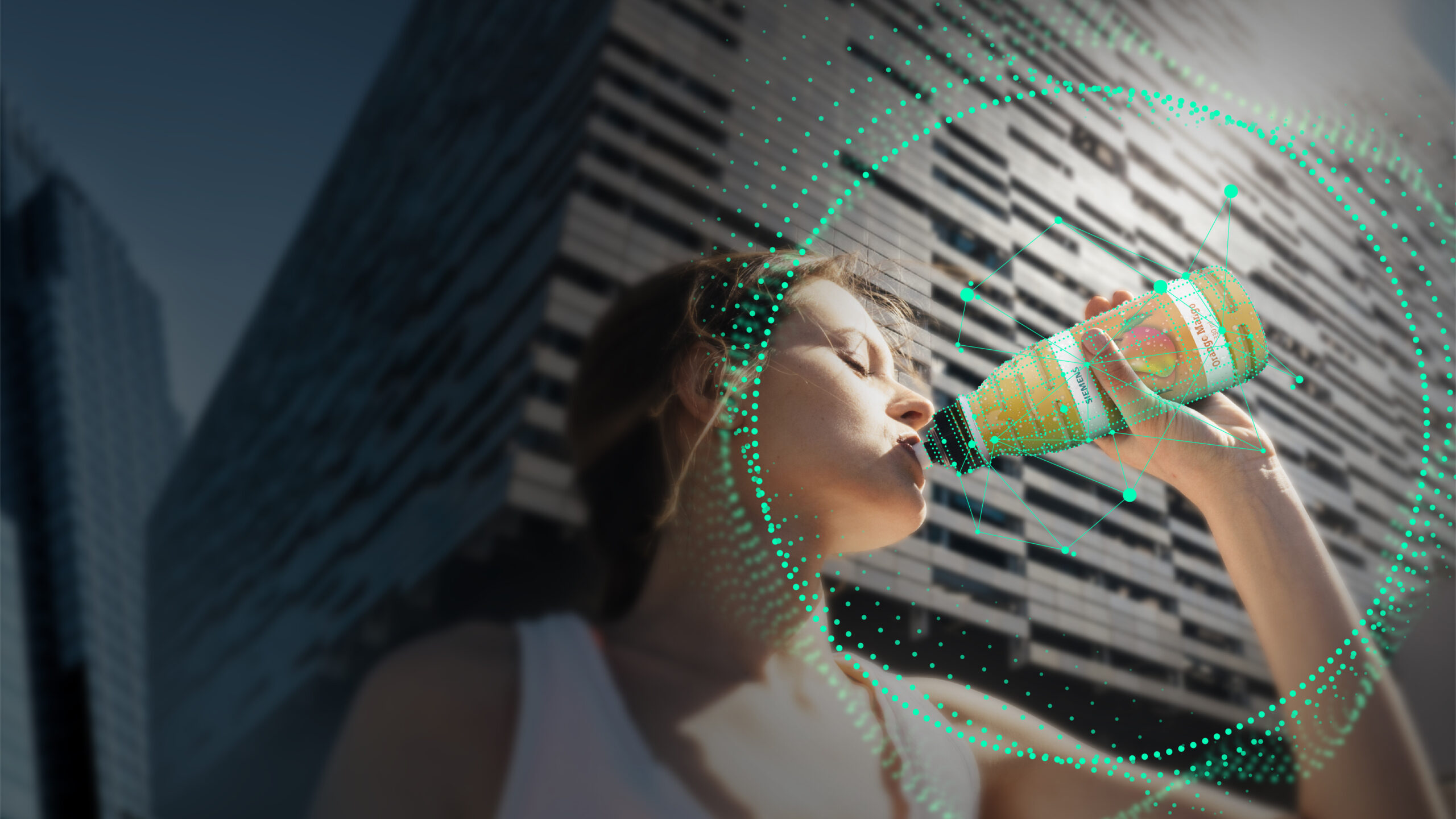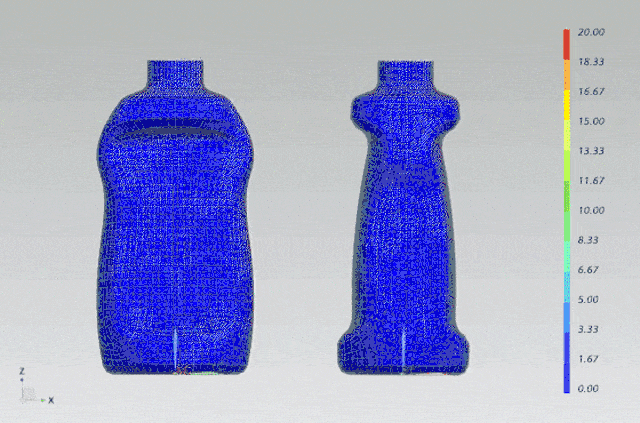How are smart product and process design simulation transforming the food and beverage industry?

Businesses all over the world have been plagued by uncertainty, particularly during the Pandemic, and this is especially true for the consumer goods industry. Many businesses are facing an urgent need to streamline their product innovation cycles to bring better products to the market faster, reduce costs, and deal more efficiently with the validation of changes in regulations and quality controls. A new landscape presents significant challenges to food and beverage companies’ product innovation cycles, but it also presents new opportunities to advance your digitalization path through smart formulation product and process design.
Companies in the CPG (Consumer Packaged Goods) industry must undergo a digital transformation that includes a holistic digital twin approach that provides for product, production, and performance to remain competitive in the current climate.
The ability to perform product and process simulation for food and beverage as well as cosmetics and beauty is quickly becoming a cornerstone that allows companies to launch more products to market faster.
What is the role of Simulation for consumer products and goods?
Simulation provides a method for understanding and analyzing exactly what is happening within complex product processes such as mixing and sterilization, which are critical for delivering high-quality food and drink while also meeting the strictest health and safety standards.
The alternative is to rely on trial and error or to overcompensate with ingredients or treatments that may jeopardize a company’s ability to provide the best product possible.
Engineers can gain far more insight and test far more design options by simulating the behavior of ingredients as they interact with processing equipment – and each other – using digital twin physics-based simulation rather than physical testing. As a result, materials processing can be optimized while still meeting regulatory and quality requirements, allowing for the creation of personalized, higher-quality products to meet a variety of consumer demands.
Benefits of using simulation
1) Improved Food Safety
Consumers who are concerned about their health are altering their eating habits. They do not just want high-quality ingredients. They also want assurances that the entire manufacturing process is safe and in accordance with regulations. Failure to meet these requirements can have a negative impact on brand values. Simulation with digital twins provides a comprehensive view of product and production information, including the entire supply chain, and is specifically designed to address compliance management and the management of complex change procedures.
2) Cost savings
Simulation is critical in actively reducing costs for consumer packaged goods companies. It can not only eliminate the need for costly and often inefficient physical prototypes, but it can also validate and optimize specific cost-cutting initiatives such as changes in packaging material or product design.
Designers can test multiple configurations and material combinations far more efficiently than they could with physical prototypes and trial and error by applying real-world conditions to virtual models.
They can also learn a lot about where stress is concentrated when a bottle is dropped, squeezed, or packed for shipping. These discoveries result in packaging that improves both the customer experience and the bottom line.
3) Sustainability
Today’s consumers are putting their money where the environment is and are increasingly willing to sacrifice their favorite brands and products for more sustainable choices. Packaged food and beverage companies are under pressure to use sustainable or recycled packaging materials and to use less energy and water while maintaining quality.
Digital simulation can predict how much waste and emissions a design will generate, what materials can be reused elsewhere, and, most importantly, whether sustainable options will perform the same function as non-sustainable materials.
By moving away from trial-and-error prototypes, the virtual approach allows businesses to test a wide range of sustainable designs and accelerates the process of bringing new packaging to market while minimizing physical waste. As a result, simulation is an efficient and sustainable way to address the urgent environmental challenge while keeping consumers on board.
4) Faster time-to-market
Using the right digital tools, you can reduce sugar content while maintaining quality, test the “squeezability” of a new sustainable packaging design, or reduce power consumption by optimizing the performance of a pasteurization unit. Because thousands of design variations can be tested in parallel, your improved designs can be ready for production in a fraction of the time that traditional processes would take.
5) Improved customer experience
The days of steadfast consumer loyalty are long gone. Consumers can now be easily swayed by competing products that provide a better experience, and packaging design has become as important as the product itself.
To remain competitive, food and beverage companies that sell bottled products must constantly optimize design. A dripping nozzle, product that dispenses too quickly or too slowly, or a bottle that is simply too heavy can all put a consumer off purchasing it.
For designers and engineers, simulation transforms the bottle design process. Not only can computational fluid dynamics show how a bottle will perform in real-world scenarios such as being dropped or squeezed, but it can also show how the product inside will behave in those situations. It also significantly increases the number of bottle design options that can be tested, exceeding the limitations of physical prototyping.

Simulate your way to accelerated innovation
Food and beverage companies are moving quickly to implement their digital transformation and enable industry 4.0 approaches, owing to supply chain issues, customer demands, and existing pressures for improved sustainability, transparency, and food safety.
Consumer manufacturers who invest in Smart Processes and Product Design are on the path from imagining to creating customized products that meet the needs of their customers.
Want to learn more?


